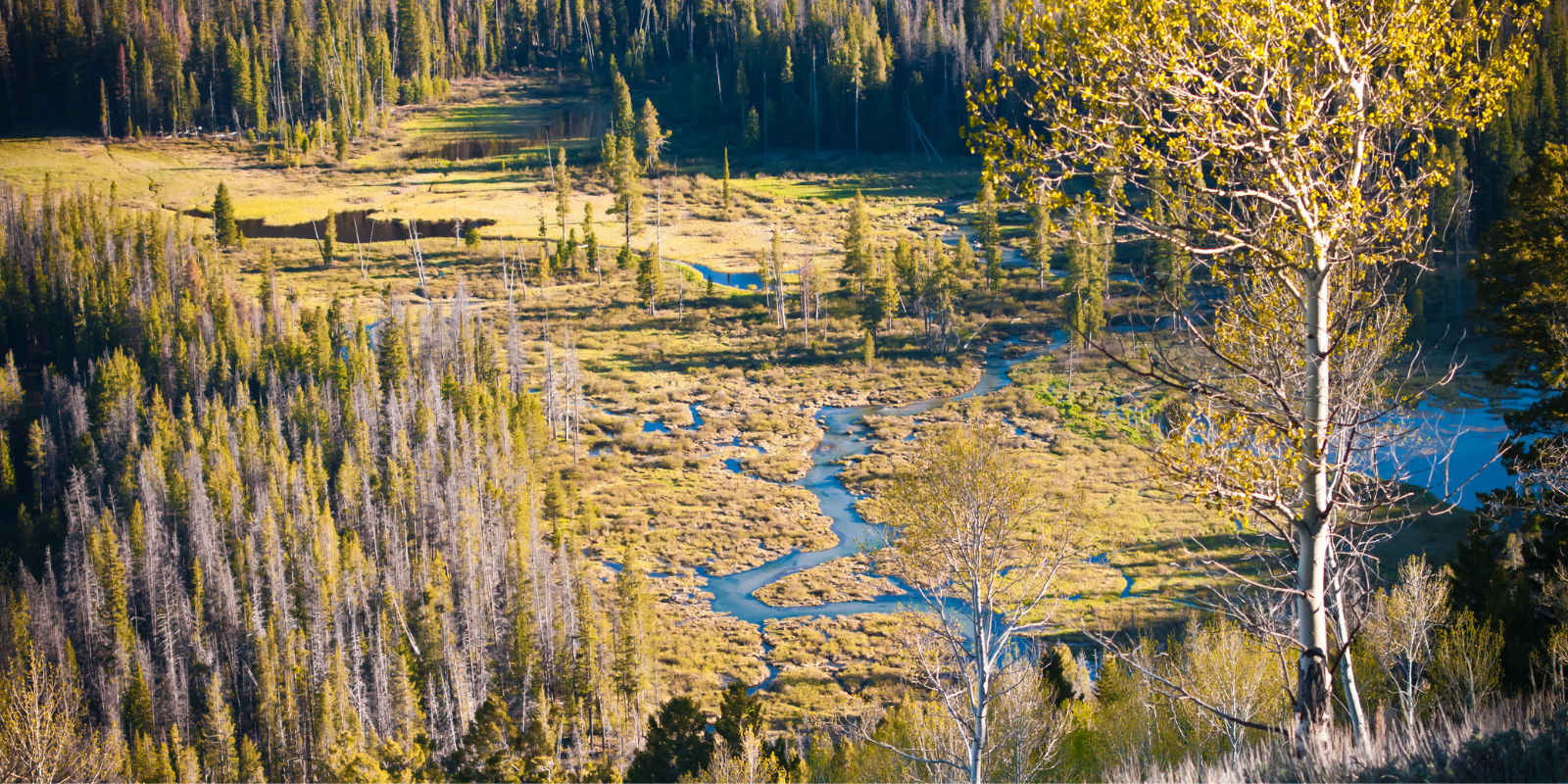The Sawtooth National Recreation Area (SNRA) Act, known officially as Public Law 92-400, was a significant legislative achievement passed by the United States Congress on August 22, 1972. This landmark law established the SNRA in central Idaho, covering over 756,000 acres of pristine wilderness. The SNRA is a testament to the commitment of the United States to preserve its natural beauty and provide recreational opportunities while balancing the needs for conservation and public enjoyment.
The legislation was propelled by a bipartisan effort, showcasing a rare consensus among Idaho’s Congressional delegation and the Governor, reflecting the act’s wide support and the recognition of the area’s unique natural value. The SNRA includes the headwaters of several major rivers, such as the Salmon River, also known as the “River of No Return,” and is home to hundreds of lakes formed by alpine glaciers, including Redfish, Alturas, Pettit, Yellow Belly, Stanley, and Sawtooth lakes. The area’s diverse ecosystems provide habitats for a variety of wildlife, including timber wolves, wolverines, Canadian lynx, and sockeye salmon, indicating its ecological significance and the importance of its preservation.
In addition to its natural beauty and ecological importance, the SNRA has incredible cultural and historical significance. The area’s cultural heritage is also reflected in popular culture, with the SNRA serving as a filming location for Clint Eastwood’s 1985 film “Pale Rider” and being featured in the 2010 3-D computer-animated film “Alpha and Omega”.
The Sawtooth Society, founded in 1997, has played a crucial role in advocating for the SNRA, preserving open space, enhancing recreation facilities and services, and facilitating stewardship and volunteer projects. Their efforts have resulted in significant federal funding for conservation easements and numerous enhancement projects, demonstrating the ongoing commitment to the SNRA’s preservation and enjoyment by future generations.
The creation of the SNRA under Public Law 92-400 represents a balanced approach to land management, aiming to protect the area’s natural and scenic values while providing for recreational use. It stands as a model for conservation efforts across the United States, highlighting the importance of protecting natural landscapes for their ecological, cultural, and recreational value.




